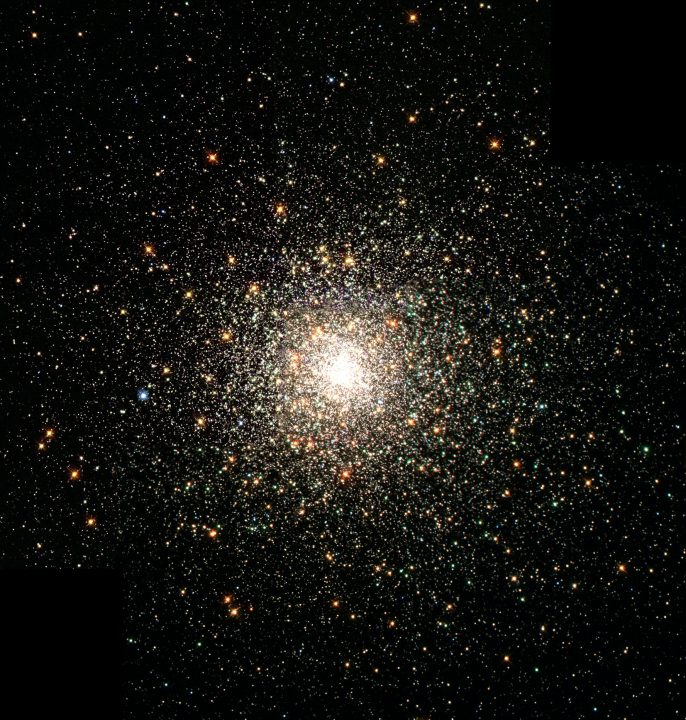The views expressed in our content reflect individual perspectives and do not represent the authoritative views of the Baha'i Faith.
By what strategy does God educate humanity?
The teachings of the Baha’i Faith answer that question, but in this series of essays we will not only explore the Baha’i view, but will also discuss and consider the theories and theology of various religions and belief traditions.
The focus of our discussion involves an attempt to assess two over-arching theories. The first of these is the premise that God has devised creation to educate us so that we might enter an enduring love relationship with the Creator, as in the Islamic hadith of the Hidden Treasure: “I was a Hidden Treasure. I wished to be made known, and thus I called creation into being in order that I might be known;” or as revealed in this Baha’i prayer from Baha’u’llah:
Lauded be Thy name, O Lord my God! I testify that Thou wast a hidden Treasure wrapped within Thine immemorial Being and an impenetrable Mystery enshrined in Thine own Essence. Wishing to reveal Thyself, Thou didst call into being the Greater and the Lesser Worlds, and didst choose Man above all Thy creatures, and didst make Him a sign of both of these worlds, O Thou Who art our Lord, the Most Compassionate!
The second premise is allied to the first—the idea that the fundamental strategy at the heart of this divine plan are teachers sent by God to accomplish this objective.
RELATED: How to Accept All the Prophets of God as One
Exploring the Purpose of Creation
Before we can begin to understand how the prophets of God function as divine educators, we first need to understand God’s purpose in bringing about creation and, even more particularly, His purpose in fashioning humankind as the fruit or culmination of that undertaking.
Only by comprehending that purpose can we begin to appreciate the Creator’s indirect method of instruction involving His prophets or manifestations, who act on His behalf. More particularly, only in light of understanding that purpose can we appreciate why these specialized Beings are essential to our progress, what distinctive nature enables them to fulfill this function, what special powers and capacities are at their disposal, and why it seems inevitable that they seem destined to suffer at the hands of the very same ones on whom they wish to bestow love, enlightenment, and guidance.
If we were to start this discussion at its true beginning, we would begin by offering proofs for the existence of God, and, having done that, prove that the nature of this Being is such that He would find it desirable to bestow love, learning, and guidance on His creation.
Fortunately, this task has already been accomplished quite well elsewhere. For our present purposes, therefore, let us assume that there is a God Who is responsible for our creation and Who, for some reason, wishes to make us better than we are, both as individuals and collectively as an evolving global civilization on planet Earth.

However, even if these aforementioned proofs seem to indicate that the Creator is essentially benign, let us attempt to discover exactly what rationale underlies His desire to bring about creation in the first place. As a corollary quest, let us then try to understand why discerning His rationale is essential to appreciating the methodology He has employed in accomplishing these outcomes.
RELATED: What Do You Mean by ‘God’?
Some Monotheistic Images of God in Christianity
Since our only consistent and accepted authoritative portrayals of God derive from the utterances of those prophets who established the major religions, let us begin by briefly examining some of the images of the Creator that have emerged from some of the more familiar faith traditions. This is a particularly useful beginning, because the historically anthropomorphic images of God we may have inherited from clerics and followers of so many religions may not always accord with what the prophet-founders of the religions intended.
For example, we may think the jealous, vengeful, wrathful tribal chieftain image we might derive from parts of the Old Testament more terrifying than comforting. Sometimes His actions seem over the top or downright capricious. Certainly His direct “hands-on” intervention in human history seems a bit hard to accept—parting seas for the righteous while destroying the entire army of Pharaoh, some of whom may have been very decent young men. Certainly we might marvel at why this God of miracles and wonders no longer seems interested in intervening in human affairs to punish the wicked or assist the downtrodden.
Indeed, we might opt for a more loving and forgiving God, like the image of the caring shepherd that David portrays in his Psalms. Or we might prefer the image presented in exacting detail by Christ, a heavenly Father who would sacrifice His only son to bring about the forgiveness and redemption of humankind.
Of course, Christ’s image of God became a bit mangled or confusing after the Council of Nicaea in 325 AD, when Christian clerics declared that God and Christ are, in fact, one and the same Being. This image of a God who could quite literally take on human form and appear among us is not unlike the Greek gods and goddesses who, according to mythological accounts, frequently rendered themselves incarnate and became thoroughly involved in human affairs, even if they might turn themselves into an aggressive swan to have their way.
Almost exactly three hundred years after the Council of Nicaea, Muhammad hardily condemned this image of God depicted in the literalist interpretation of the Trinitarian doctrine that prevailed in most of Western Christendom. While Muhammad upheld the miracle of the virgin birth of Christ, as well as Christ’s station as the Messiah, he found it blasphemous that the Catholic church had also determined that Mary, as mother of Christ (and therefore, logically, the mother of God as well), might be a more appealing and accessible image of authority than the abstract notion of a heavenly Father image.
At the Council of Ephesus in 431 AD the church determined that Mary was not only the Mother of God, and therefore to be venerated, but also Mother of the Church, and therefore the most effective intermediary between the believer and God. After all, if you’re in trouble, from whom would you prefer to seek assistance, from God the Father, or His Mother?
These kinds of decisions, made by men and not by God’s messengers, have had the effect of veiling the true purpose of God’s creation from humanity. Consequently, in order that we might re-discover it, God has sent us new educators.
















Comments
Sign in or create an account
Continue with Googleor